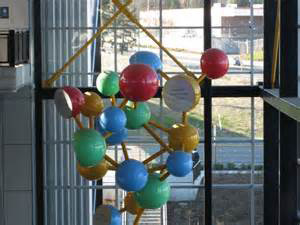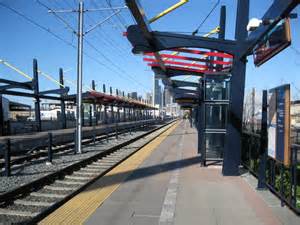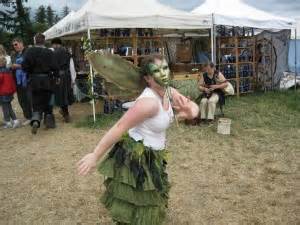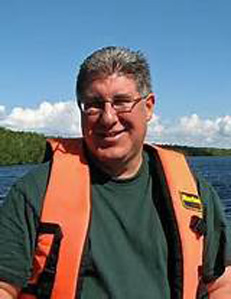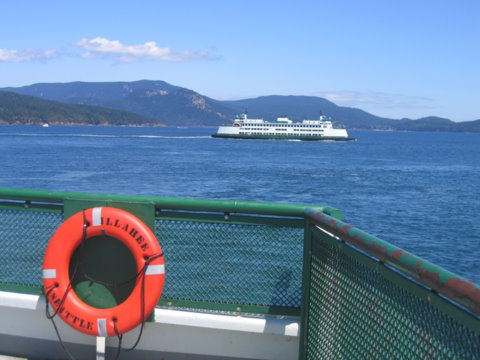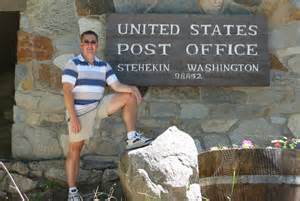A newcomer to the light rail world, Seattle’s version opened for business in the summer of 2009. It’s a great way to get from SeaTac Airport to downtown or any of the stops in between. You avoid the parking hassles and traffic jams.
Along the track, from the airport to Westlake in downtown, public art was installed at almost every station giving riders a glimpse of the surrounding neighborhoods’ character.
With 40 artists each contributing their interpretation of “cultural conversations,” you’ll see evidence of manufacturing, fruit orchards, ethnic diversity and more. Just for fun, while you’re gliding through the tunnel, see if you can make a full house with the playing cards flashing across the wall just before the Beacon Avenue Station.
Traveling north from SeaTac, watch for these sculptural renditions of each ‘hood and see what else you can find:
- Tukwila International Boulevard Station, “A Drop of Sustenance” by Tad Savinar
The gigantic drop of water and the resulting “splash” depicted above the escalators on the southbound platform show the dramatic role water plays in the city of Tukwila – water from excessive rainfall and the water in the Duwamish River.
Granite pavers throughout the Tukwila Station illustrate residents’ insights and memories of the past.
- Rainier Beach Station, “Parable” by Buster Simpson
The pears in “Parable” refer to the thriving orchards that filled this area in years past.
- Othello Station, “Come Dance With Me” by the late Augusta Asberry
Vivid colors combined with lithe African-American dancing figures speak to the rich cultural heritage of this established multi-ethnic community.
- Columbia City Station, “Global Garden Shovel” by Victoria Fuller
Made with castings and replications of a variety of plants and trees to replicate the diverse ethnic makeup of the neighborhood and the shovel represents the fertile nature of Rainier Valley soil.
“In exploring the neighborhood I noticed that people took pride in their gardens, no matter what the size or style of their home,” said Fuller. “I wanted to capture that feeling.”
- SODO Station, “Made in USA” by Michael Davis
An oversized level, carpenter’s pencil and square towering over some actual-sized tools attached to benches below honor the industrial nature of the SODO district. The tools appear to have been left by a worker on a break.
To get the details about riding the light rail, visit www.soundtransit.org and click on “Central Link Light Rail.”
A newcomer to the light rail world, Seattle’s version opened for business in the summer of 2009. It’s a great way to get from SeaTac Airport to downtown or any of the stops in between. You avoid the parking hassles and traffic jams.
Along the track, from the airport to Westlake in downtown, public art was installed at almost every station giving riders a glimpse of the surrounding neighborhoods’ character.
With 40 artists each contributing their interpretation of “cultural conversations,” you’ll see evidence of manufacturing, fruit orchards, ethnic diversity and more. Just for fun, while you’re gliding through the tunnel, see if you can make a full house with the playing cards flashing across the wall just before the Beacon Avenue Station.
Traveling north from SeaTac, watch for these sculptural renditions of each ‘hood and see what else you can find:
- Tukwila International Boulevard Station, “A Drop of Sustenance” by Tad Savinar
The gigantic drop of water and the resulting “splash” depicted above the escalators on the southbound platform show the dramatic role water plays in the city of Tukwila – water from excessive rainfall and the water in the Duwamish River.
Granite pavers throughout the Tukwila Station illustrate residents’ insights and memories of the past.
- Rainier Beach Station, “Parable” by Buster Simpson
The pears in “Parable” refer to the thriving orchards that filled this area in years past.
- Othello Station, “Come Dance With Me” by the late Augusta Asberry
Vivid colors combined with lithe African-American dancing figures speak to the rich cultural heritage of this established multi-ethnic community.
- Columbia City Station, “Global Garden Shovel” by Victoria Fuller
Made with castings and replications of a variety of plants and trees to replicate the diverse ethnic makeup of the neighborhood and the shovel represents the fertile nature of Rainier Valley soil.
“In exploring the neighborhood I noticed that people took pride in their gardens, no matter what the size or style of their home,” said Fuller. “I wanted to capture that feeling.”
- SODO Station, “Made in USA” by Michael Davis
An oversized level, carpenter’s pencil and square towering over some actual-sized tools attached to benches below honor the industrial nature of the SODO district. The tools appear to have been left by a worker on a break.
To get the details about riding the light rail, visit www.soundtransit.org and click on “Central Link Light Rail.”

